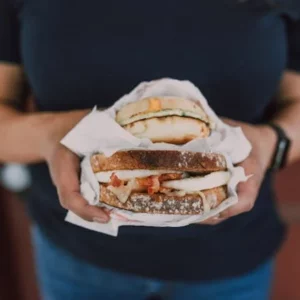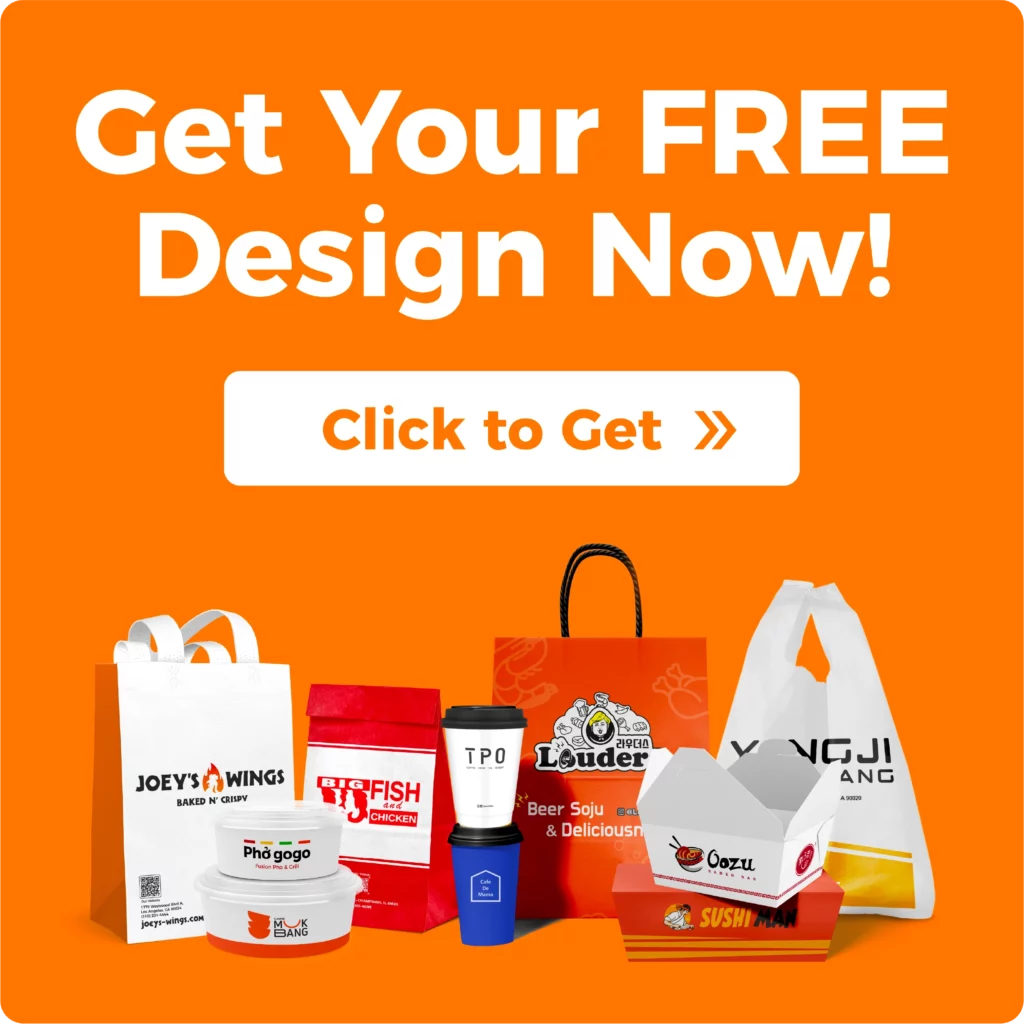Understanding the 5 Common Types of Food Packaging
By
Contents
Discover the 5 most common types of food packaging, their pros and cons, and how they impact the food industry. Learn to choose the best packaging for your restaurant or business.
As a professional in the food industry, you know how crucial food packaging is. It not only protects the food but also plays a key role in presentation and customer satisfaction. In this article, we’ll explore five common types of food packaging, highlighting their advantages and disadvantages, so you can make informed decisions for your business.
1. Plastic Packaging
Plastic packaging is one of the most widely used types of food packaging.877 It’s commonly found in items like salads, sandwiches, and takeaway meals.
Pros:
- Plastic packaging is usually lightweight, making it easy for customers to carry.
- It is quite durable, which is an advantage for both customers and businesses.
- Provides an airtight seal to keep food fresh.
Cons:
- It is not environmentally friendly and may lose customers who care about sustainability.
- It is difficult to recycle, causing a significant impact on the environment.

2. Paperboard Packaging
Paperboard boxes are a popular choice for frozen foods, cereals, and fast-food items. This type of food packaging is eco-friendly and often used by businesses looking to reduce their carbon footprint.
Pros:
- Easy to recycle and environmentally friendly.
- Customizable for personalized packaging designs, making it easier to promote the brand.
- Lightweight but strong enough to hold a variety of food products.
Cons:
- Paper packaging typically lacks good moisture resistance, requiring extra effort to enhance the customer experience.
- The insulation is average, placing higher demands on the business’s delivery capabilities.

3. Aluminum Packaging
Aluminum is a popular type of food packaging for baked goods, sandwiches, and takeout meals. It is especially valued for its insulating properties.
Pros:
- Excellent at retaining heat, keeping food warm longer.
- Provides a good barrier against light and moisture.
Cons:
- Not suitable for all food types, especially acidic items.
- The cost of aluminum packaging may be more expensive compared to paper or plastic packaging.
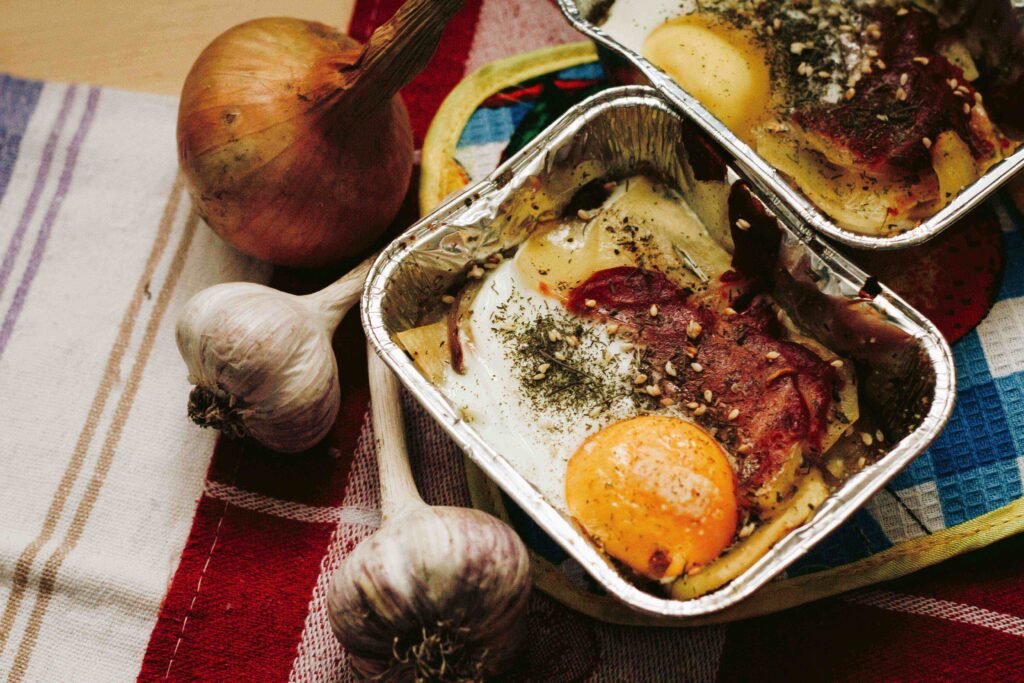
4. Biodegradable Packaging
Biodegradable packaging is becoming increasingly common in the industry. It is made from plant-based materials like paper, starch, or bioplastics, making it a great option for businesses focusing on sustainability.
Pros:
- It is highly eco-friendly, causes minimal harm to the environment, and is compostable.
- Great for fresh produce and snacks.
Cons:
- Can be less durable than traditional plastic packaging.
- The cost is relatively high, and businesses need to consider profit margins.
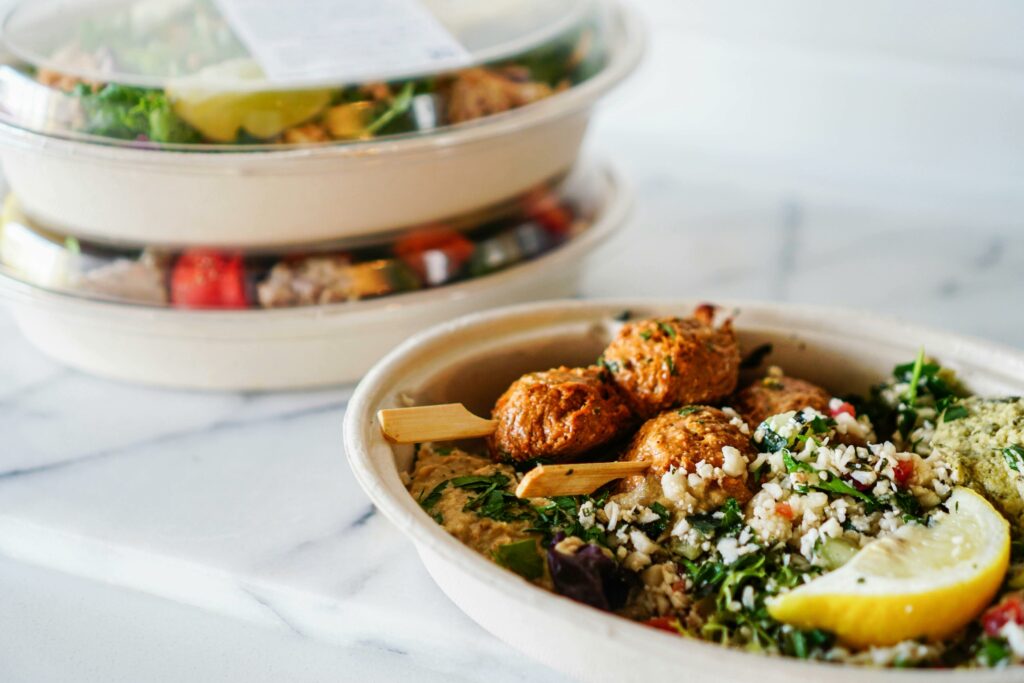
5. Glass Jars and Bottles
Glass jars and bottles are ideal for items like beverages, sauces, and pickled goods. This type of food packaging stands out for its reusability and ability to preserve food quality.
Pros:
- Highly recyclable and reusable.
- Non-reactive, ensuring food retains its original taste.
- It is highly eco-friendly, causes minimal harm to the environment, and is compostable.
Cons:
- Heavier than other packaging options, increasing shipping costs.
- Fragile and more prone to breaking during transportation.
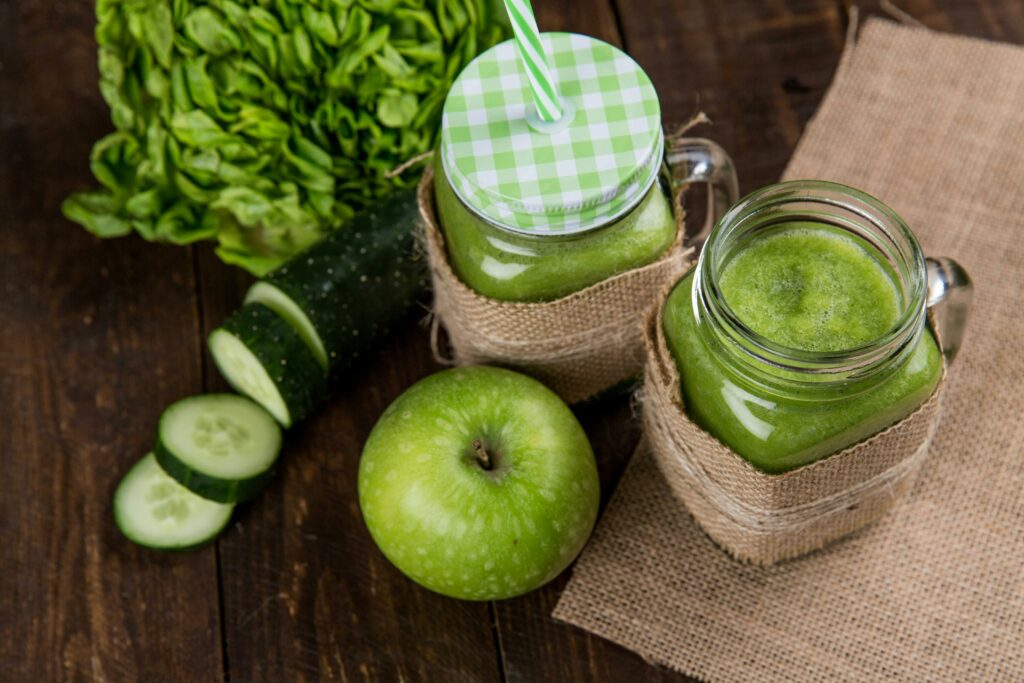
Conclusion
Choosing the right type of food packaging is vital for the success of your restaurant or food business. Each type comes with its pros and cons, whether it’s plastic for convenience, paperboard for eco-friendliness, aluminum for insulation, biodegradable materials for sustainability, or glass for preserving food quality. By understanding these options, you can make the best choice for your packaging needs while considering the environment and cost.
After learning so much about packaging, I’d like to introduce you to a packaging company called FUSENPACK. They offer all the packaging materials mentioned above and can also help design your packaging. FUSENPACK specializes in using AI for packaging design and is known for its low prices and low minimum order quantities. So, if you’re unsure about which packaging material to choose, give FUSENPACK a try and find the best option through experimentation.




